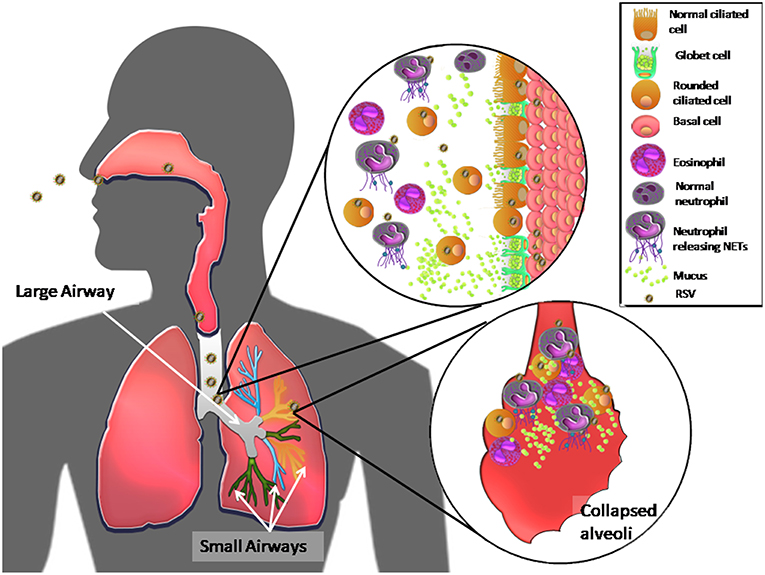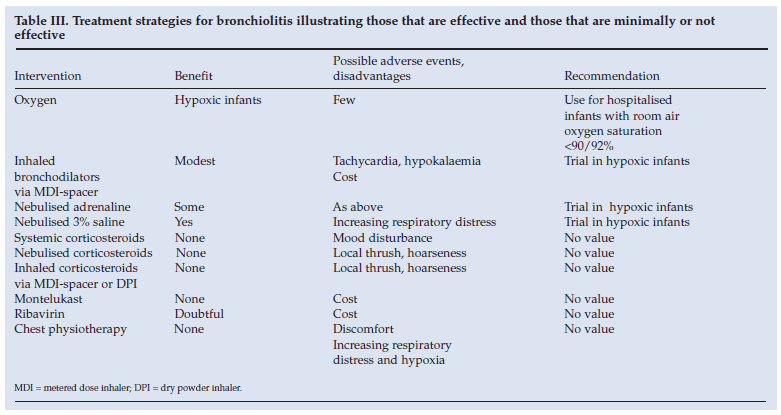Bronchiolitis, often abbreviated as BLS, is a common respiratory condition that primarily affects infants and young children. This illness involves inflammation of the small airways in the lungs, known as bronchioles, leading to breathing difficulties and other symptoms. Understanding the causes, recognizing the symptoms, and knowing how to provide proper care are essential for managing this condition effectively.

What is Bronchiolitis?
Bronchiolitis is an infection that targets the lower respiratory tract, specifically the bronchioles. These tiny air passages become inflamed and filled with mucus, making it difficult for air to flow freely in and out of the lungs. The condition typically occurs during the colder months and is most commonly seen in children under the age of two. While it can be alarming for parents, most cases are mild and resolve on their own with supportive care.
How Does Bronchiolitis Develop?
The development of bronchiolitis begins when a virus infects the respiratory system. Once inside the body, the virus spreads to the bronchioles, causing them to swell and produce excess mucus. This combination of swelling and mucus buildup narrows the airways, leading to difficulty in breathing. The progression of the illness can vary from child to child, with some experiencing only mild symptoms while others may require medical intervention.
Common Causes of Bronchiolitis
Bronchiolitis is almost always caused by viral infections. Among these, one particular virus stands out as the primary culprit.
Respiratory Syncytial Virus (RSV)
Respiratory Syncytial Virus is responsible for the majority of bronchiolitis cases. It is highly contagious and spreads through respiratory droplets when an infected person coughs or sneezes. RSV can survive on surfaces such as toys, doorknobs, and countertops, making it easy for the virus to spread in environments like daycare centers and schools. Infants and young children are particularly vulnerable because their immune systems are still developing.
Other Viral Causes
- Rhinovirus: This virus is best known for causing the common cold but can also lead to bronchiolitis in some cases.
- Influenza: Seasonal flu viruses can sometimes result in bronchiolitis, especially in young children.
- Adenovirus: Another common respiratory virus that can cause inflammation in the bronchioles.
Risk Factors
Certain factors increase the likelihood of a child developing bronchiolitis. These include:
- Premature birth
- Underlying heart or lung conditions
- Weakened immune system
- Exposure to tobacco smoke
- Crowded living conditions
Symptoms of Bronchiolitis
The symptoms of bronchiolitis can vary depending on the severity of the infection. In most cases, they begin as mild cold-like symptoms before progressing to more serious respiratory issues.
Early Signs
The early signs of bronchiolitis often resemble those of a common cold. These include:
- Runny or stuffy nose
- Mild cough
- Fever
- Mild wheezing
Parents may initially mistake these symptoms for a simple cold. However, as the infection progresses, more concerning symptoms may emerge.
Progression of Symptoms
As bronchiolitis worsens, the following symptoms may develop:
- Rapid or labored breathing
- Wheezing or whistling sounds when breathing
- Flaring of the nostrils
- Retractions, where the skin between the ribs pulls in with each breath
- Cyanosis, or bluish discoloration of the lips and fingernails due to lack of oxygen
- Irritability or lethargy
- Poor feeding or difficulty drinking
These symptoms indicate that the child is having trouble breathing and requires immediate medical attention.
Diagnosing Bronchiolitis
Diagnosing bronchiolitis typically involves a physical examination and a review of the child’s symptoms. Healthcare providers may use a stethoscope to listen for wheezing or crackling sounds in the lungs. In some cases, additional tests may be necessary to rule out other conditions or assess the severity of the illness.
Diagnostic Tests
- Chest X-ray: This imaging test can help identify areas of inflammation or infection in the lungs.
- Oxygen Saturation Test: A small device placed on the child’s finger measures the level of oxygen in the blood.
- Viral Testing: Swabs from the nose or throat may be taken to identify the specific virus causing the infection.
Treatment and Care for Bronchiolitis
While there is no specific cure for bronchiolitis, treatment focuses on relieving symptoms and supporting the child’s breathing. Most cases can be managed at home with proper care, but severe cases may require hospitalization.
Home Care Strategies
For mild cases of bronchiolitis, parents can take several steps to help their child recover comfortably:
- Ensure Proper Hydration: Offer plenty of fluids to prevent dehydration. Breast milk or formula is ideal for infants, while older children can drink water or diluted juices.
- Use a Humidifier: Adding moisture to the air can help loosen mucus and ease breathing. Ensure the humidifier is cleaned regularly to prevent mold growth.
- Clear Nasal Passages: Use saline drops and a bulb syringe to remove mucus from the nose, especially before feeding or sleeping.
- Keep the Child Upright: Positioning the child in an upright position can make breathing easier.
- Avoid Smoke Exposure: Keep the child away from tobacco smoke, which can worsen symptoms.
When to Seek Medical Attention
While many cases of bronchiolitis can be managed at home, certain warning signs indicate the need for immediate medical care. These include:
- Difficulty breathing or rapid breathing
- Bluish skin or lips
- Signs of dehydration, such as dry mouth or fewer wet diapers
- Lethargy or extreme irritability
- Poor feeding or refusal to eat
Hospital Treatment
In severe cases, hospitalization may be necessary to provide advanced care. Treatments offered in the hospital may include:
- Oxygen Therapy: Supplemental oxygen is provided to ensure adequate oxygen levels in the blood.
- Intravenous Fluids: If the child is dehydrated or unable to drink, fluids may be administered through an IV.
- Suctioning: Medical staff may use specialized equipment to remove mucus from the airways.
- Bronchodilators or Steroids: In some cases, medications may be used to open the airways or reduce inflammation.
Preventing Bronchiolitis
While it may not be possible to completely prevent bronchiolitis, there are steps parents can take to reduce the risk of infection:
- Practice Good Hygiene: Wash hands frequently with soap and water, especially after being in public places or around sick individuals.
- Avoid Close Contact: Keep young children away from people who are sick, particularly during peak respiratory virus seasons.
- Disinfect Surfaces: Regularly clean and disinfect toys, doorknobs, and other frequently touched surfaces.
- Breastfeed if Possible: Breast milk contains antibodies that can help strengthen a baby’s immune system.
- Vaccinate Against Influenza: Annual flu shots are recommended for children over six months of age to reduce the risk of influenza-related complications.
Special Considerations for High-Risk Infants
Infants with underlying health conditions or those born prematurely may benefit from additional preventive measures. For example, a medication called palivizumab may be prescribed to protect high-risk infants from severe respiratory syncytial virus infections during the winter months.
Long-Term Outlook
Most children recover fully from bronchiolitis without any long-term effects. However, some studies suggest that children who experience severe cases may be at a slightly higher risk of developing asthma or recurrent wheezing later in life. Ongoing monitoring by a healthcare provider can help address any lingering concerns about respiratory health.





